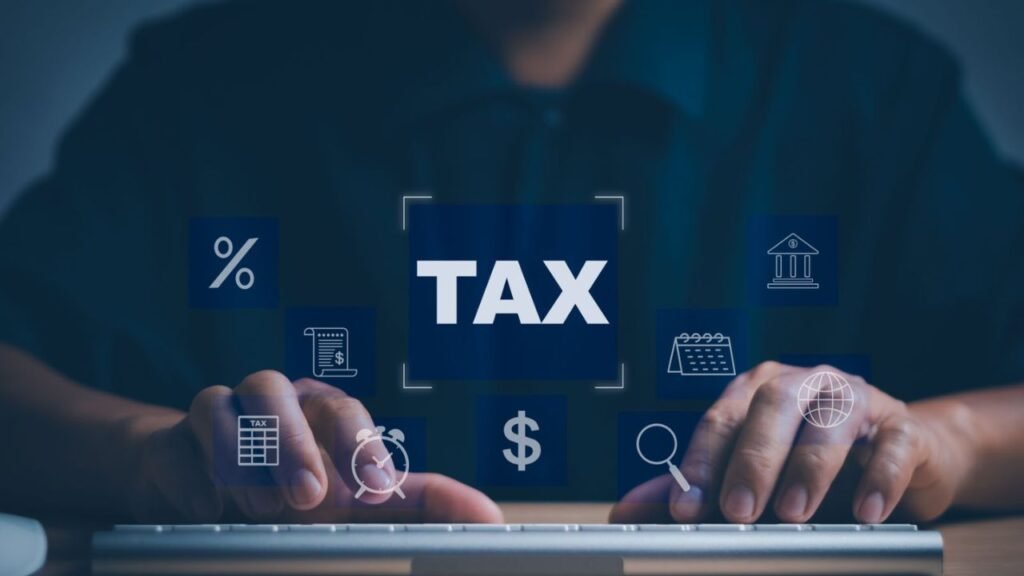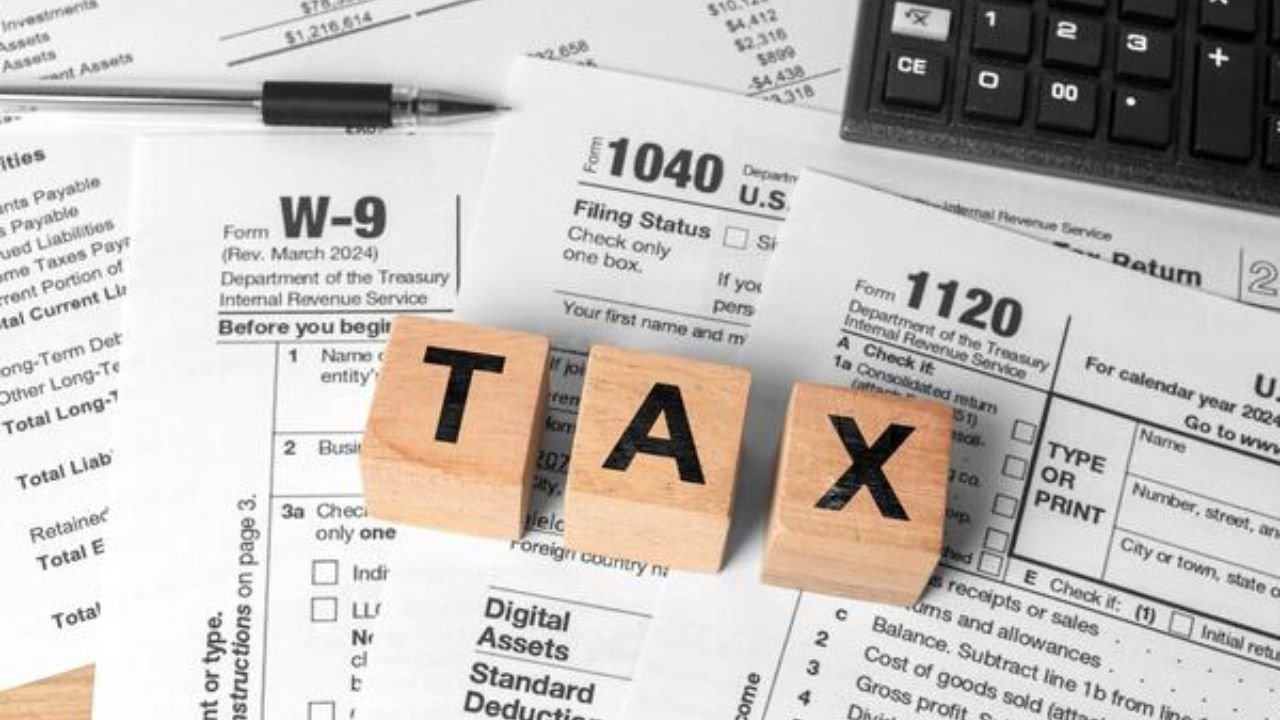The UK government is expected to face difficult tax decisions in the coming years as it tries to balance sluggish economic growth with rising demands on public spending. According to a new economic outlook from KPMG, while the start of 2025 brought stronger-than-expected results, the second half of the year appears far less certain.
Growth Outlook Remains Subdued
KPMG forecasts that the UK’s gross domestic product (GDP) will grow by 1.2% in 2025, followed by 1.1% in 2026. Economists highlight that elevated taxes, weaker international trade, and cautious consumer spending are likely to keep growth on the slower side. Business investment also faces risks due to ongoing uncertainties around trade policy, adding another layer of concern for the years ahead.
Pressures on Government Spending
The report warns that the government will find itself under increasing strain from mounting demands on healthcare, defence, and social support programmes. These pressures are compounded by weaker economic growth and policy U-turns, such as the reversal of planned welfare and winter fuel payment cuts. Rising government debt costs are also adding to the financial burden.
The Likelihood of Higher Taxes

KPMG’s analysis suggests that the Chancellor, Rachel Reeves, will have little choice but to raise taxes in the autumn Budget. While some had speculated about potential cutbacks to public services, the forecasts indicate that higher taxes are more likely than reduced spending. Moreover, economists expect this trend to continue over the next decade, with a gradual increase in tax revenues needed to meet rising public expenditure.
A Tough Balancing Act Ahead
Yael Selfin, KPMG UK’s chief economist, described the situation as a “tough balancing act” for the government. She noted that resilience in the first half of the year has given way to growing uncertainty, with global trade weakness and consumer caution making it harder to sustain momentum. “Mounting pressures on health and defence spending, combined with weaker growth, will likely keep the UK’s fiscal position under strain,” she explained.
Interest Rates May Ease
Alongside its tax outlook, KPMG also expects the Bank of England to consider cutting interest rates before the end of 2025. While many economists believe rates will remain steady until 2026, KPMG anticipates that slowing economic growth and a softening jobs market will prompt at least one cut this year. Further reductions are forecast through 2026, potentially bringing the base rate down to 3.25% by year’s end.
Implications for Households and Businesses
For households, this means they may see some relief on borrowing costs in the medium term. However, any benefit from lower interest rates could be offset by higher tax burdens in the years ahead. For businesses, the combination of cautious consumers and uncertain trade policy could make long-term investment decisions more difficult, even as borrowing costs begin to ease.
Looking Toward the Future
Ultimately, the message from KPMG’s outlook is clear: the UK economy is entering a period of difficult trade-offs. The government’s efforts to fund critical services while navigating slower growth will almost certainly involve steady tax increases. For both households and businesses, preparing for this reality will be essential to weather the challenges of the coming decade.

